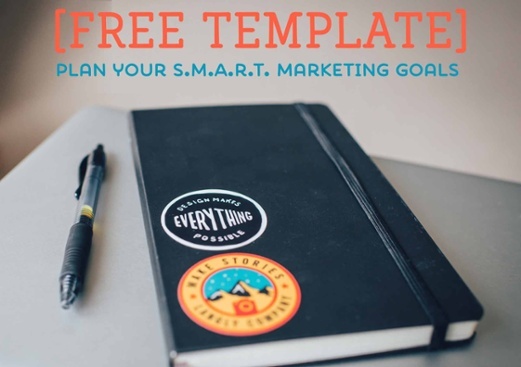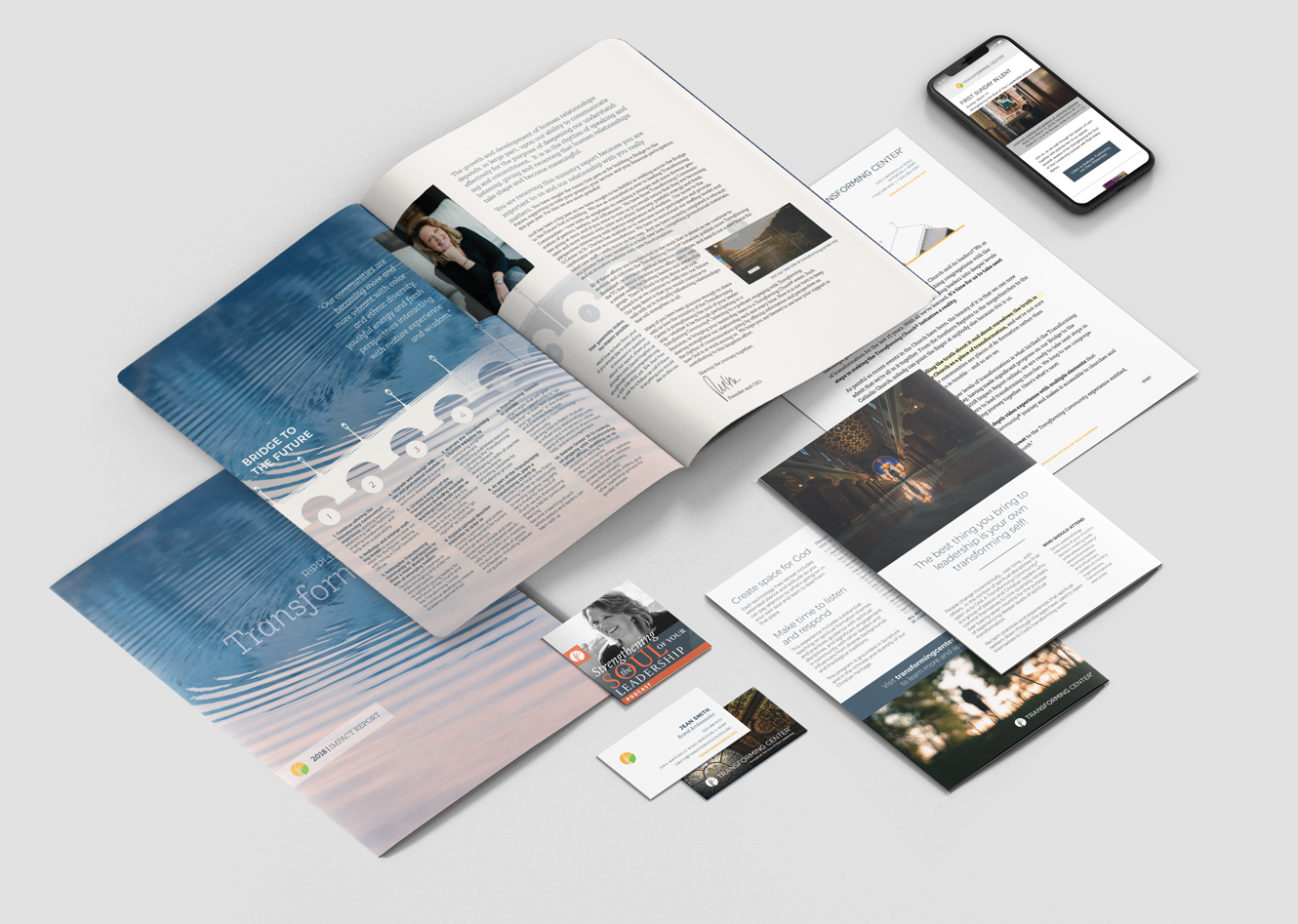It is an honest question. Especially when there is so much competition and it doesn’t seem like there is a chance in the world that you will get a lot of people reading your blog.
The truth:
While it is unrealistic that someone will come to your blog read a post and become a customer, the reality is that content marketing’s role across the customer lifecycle is increasingly growing. People are searching first, and providing helpful and relevant information is the way to attract customers. Comments on your blog is not the metric that should be used to measure success.
Knowing what your prospects are interested in, how they collect this information, and how they are influenced is the way to formulating an effective inbound marketing strategy.
Here are 4 specific stages within a buyer’s lifecycle, and how content marketing and inbound marketing can help expedite and empower that buyer’s journey.
1. Awareness: Buyers become aware of a problem and begin to look for information.
Customers are spending time online, and they are paying attention to the content that companies are putting out on the web.
- Facebook has over 845 million users posting a billion items every day.
- Twitter has over 465 million users tweeting 175 million times every day
- 90% of consumers find custom content useful. (McMurry/TMG
- 50% of consumer time online is spent engaging with custom content. (HubSpot
If this many people are spending this amount of time each day on these interfaces, it should tell marketers this is the platform on which to promote and dialogue with their customers.
2. Consideration: Buyers identify the problem and begin to considering potential solutions including your products and others.
When companies engage the discussion online, it opens up barriers between customer and company and allows there to be trust. Interactive websites, industry blogs, and social media engagement are all ways to help people along the buyer journey and choose your product. The more they know, the more they will commit.
- 61% of consumers say they feel better about a company that delivers custom content and are also more likely to buy from that company. (Custom Content Council
3. Conversion: Prospects turn into customers and choose your business.
When trust has been built between buyers and companies and buyers are informed, they will choose your product or services. Of course this is the end goal of every businesses online presence.
4. Retention and Loyalty: Customers support, engage, and foster word-of-mouth promotion
If it is so important for companies and businesses to join into the conversation online, that means there is and has been a preexisting conversation. People have been using the interweb for years now to share, comment, and refer data and products to one another. If your buyers are impressed with you and your services, they will tell a friend online.
- On social media, 58% of consumers share their positive experiences with a company, and ask family, colleagues, and friends for their opinions about brands. [SDL]
- 72% say reading a positive customer reviews increase their trust in a business; it takes, on average, 2-6 reviews to get 56% of them to this point. (BrightLocal)
Learn about how inbound can help you create smart marketing goals, and download our free template to help get you started!





















